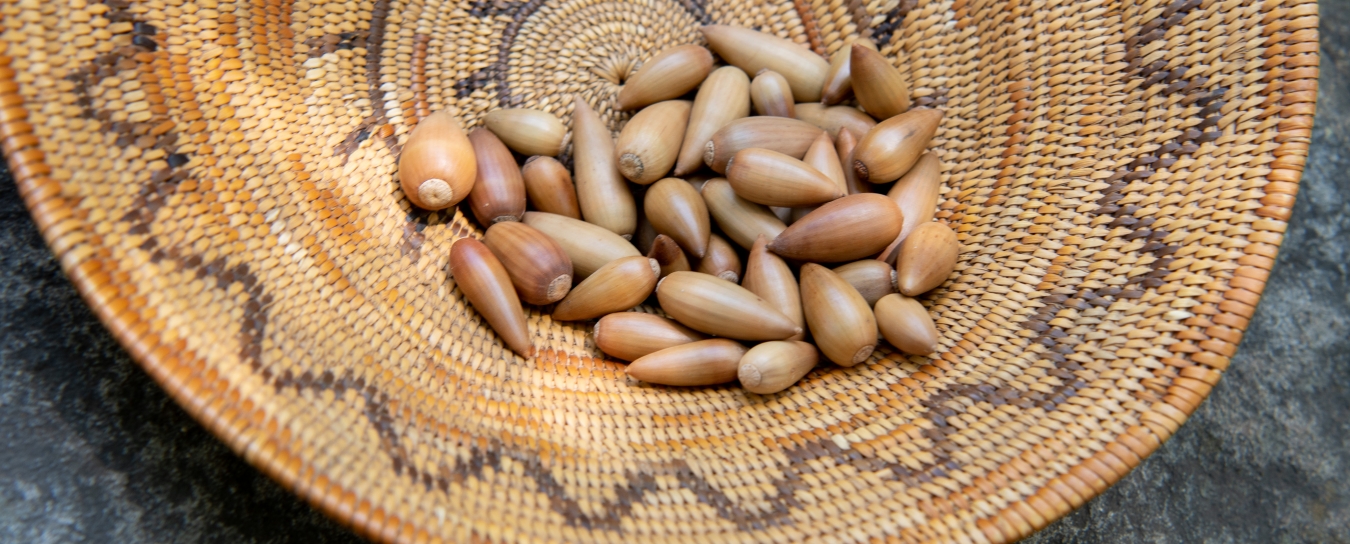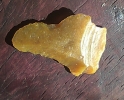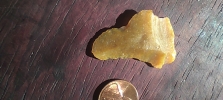
Anthropology
Check our anthropology FAQ for information about artifacts and more. Our Chumash Life pages for teachers and students provide a basic introduction to some aspects of traditional daily life.
- Anthropology
- Rocks & Fossils
- Invertebrates
- Vertebrates
- Botany
- Astronomy
- Fungi
- General
- Recently Asked
Flint stone tool? Or...?
Found at at Goleta Beach. Any help in identifying its use or origin would be great. It feels almost like glass.
Thank you for your help with this inquiry!


Curator Response
Hi Angi,
This appears to me to be a piece of "debitage," or flaking debris left over as a byproduct of flintknapping stone tools. The material is hard to identify exactly via the photo. It looks like it may be a piece of Monterey chert, though that honey-yellow color is less common than darker brown or root-beer-colored varieties, which are available geologically in the Goleta area. Monterey chert was flaked into various sorts of tools by the Chumash people. Based on the size, it’s probably too small to be a tool, but it may have been a fragment of one. In a beach environment, it quite likely has gotten a bit beat up, creating the jagged edges.
Although the beach may not have been gentle to this fragment, in a county park/public land environment, it is actually important to leave artifacts where they are found. I’ve described why it’s important to leave artifacts in place in greater detail in the answer to another question. But in short, by leaving it in its original context, not only is it possible for future visitors to experience it, but it keeps it with any other associated items that may be eroding out of that area that would provide more information than the flake can give alone. Even fragments of the past have importance in their context.
Stay curious,
Associate Curator of Anthropology Brian Barbier, M.A.

